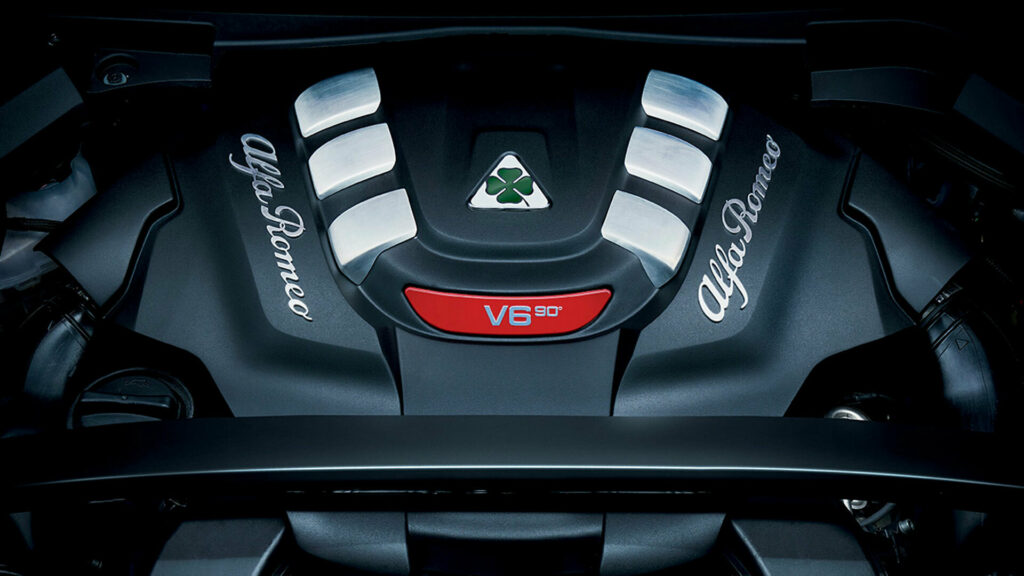Euro 7 regulations are slated to go into effect in 2025 and automakers have been scrambling to ensure their lineups will meet the new emission standards, which haven’t even been finalized yet.
However, the latest proposal is more lenient than earlier suggestions as it would keep “existing emission limits and test conditions for light-duty vehicles.” That being said, the new Euro 7 regulations would cover “cars, vans, and heavy-duty vehicles” for the first time “in a single legal act,” and factor in “non-exhaust emissions such as particles from brakes and tires.”
Without going down the Euro 7 rabbit hole, the important news is that light-duty vehicles are now primed to be largely unaffected. This means the powertrains of today could also power the cars of tomorrow.
More: Dirty Cars Can Breathe Easy After EU Drops Planned Euro 7 Emissions Rules

Given that, it’s not surprising Autocar is reporting Alfa Romeo CEO Jean-Philippe Imparato has said their twin-turbo 2.9-liter V6 will survive and be used in future vehicles. The engine currently powers the Giulia and Stelvio Quadrifoglio, where it produces 505 hp (377 kW / 512 PS) and 443 lb-ft (600 Nm) of torque.
While Imparato didn’t say which vehicle(s) would use the engine, the company is gearing up to launch an assortment of new and redesigned models. A redesigned Giulia is rumored to arrive around 2025 and previous reports have suggested it will be offered with three electric powertrains ranging from 345 hp (257 kW / 350 PS) to around 986 hp (736 kW / 1,000 PS). It remains unclear if the model will also be offered with an internal combustion engine, but it might be a possibility given the latest developments.





